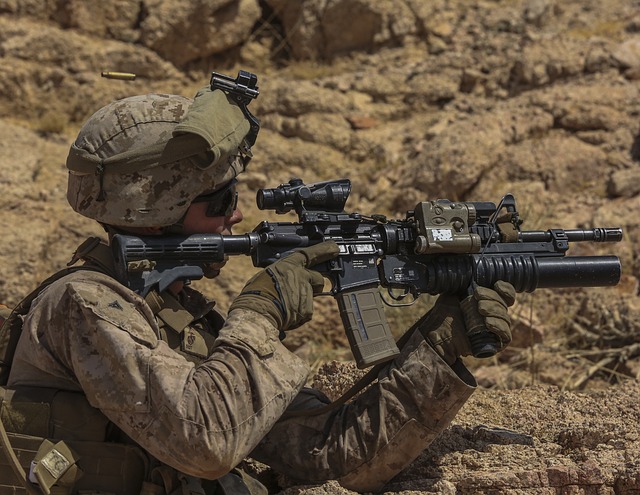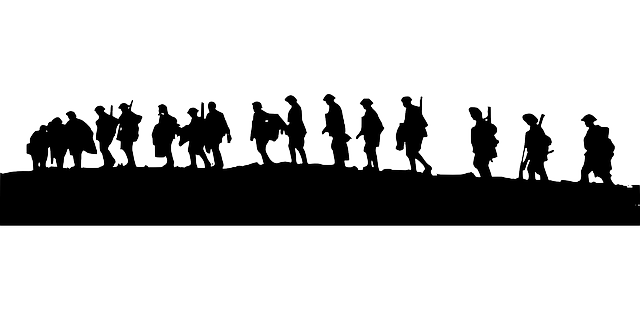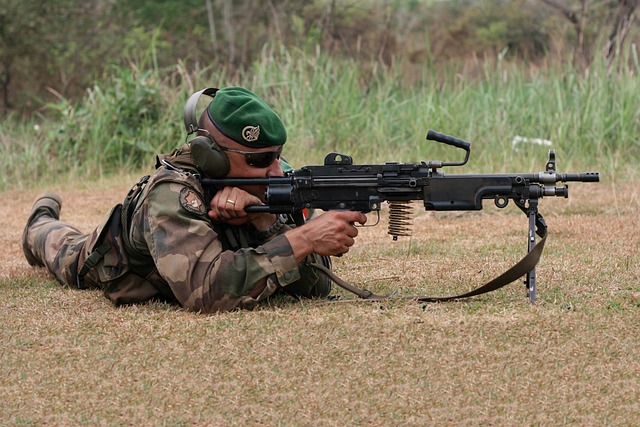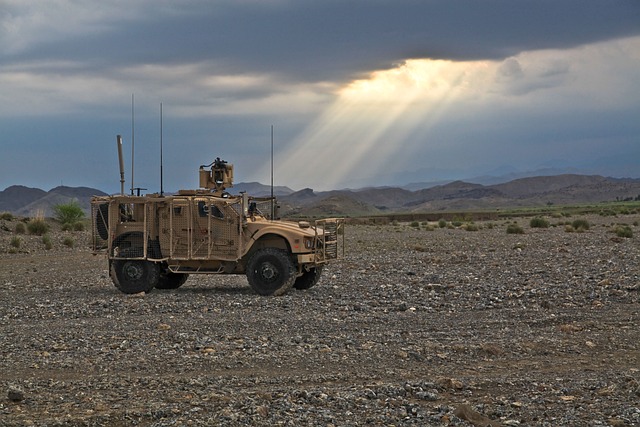Army insignia and heraldry, like the iconic 1st Cavalry Division Ultimate Flags, have a long history tied to military strategy and culture. These visual symbols represent units' heritage, achievements, and values, evolving from battlefield distinction to integral parts of military identity. The 1st Cavalry Division Flag, for instance, showcases a dynamic horse symbolizing courage and agility, along with an eagle, sheaf of wheat, and sword. This intricate design not only commemorates the division's history but also fosters camaraderie among soldiers and honors traditions globally. Military emblems blend history, symbolism, and aesthetics to represent diverse units, reflecting cultural interactions worldwide. The 1st Cavalry Division Flag, with its royal blue and gold colors, exemplifies this, honoring its prestigious heritage while showcasing cross-cultural understanding.
“Unveiling the Stories Behind Army Insignias and Heraldry: A Journey Through History and Culture
From ancient battles to modern-day deployments, army insignia and heraldry have served as powerful symbols of identity, pride, and tradition. This article delves into the rich tapestry of military design, starting with a historical exploration of how these emblems evolved. We dissect the intricate 1st Cavalry Division Flag, revealing its symbolic language. Furthermore, we examine the art of creating distinctive military emblems and uncover the global influence of army insignia, showcasing the diverse cultural narratives they encapsulate.”
- Understanding Army Insignias and Heraldry: A Historical Perspective
- Decoding the 1st Cavalry Division Flag: Symbols and Their Meanings
- The Art of Design: Creating Distinctive Military Emblems
- Global Influence: How Army Insignia Reflect Cultural Diversity
Understanding Army Insignias and Heraldry: A Historical Perspective

Army insignia and heraldry have a rich history, evolving alongside military strategies and cultural influences. These symbolic designs serve as visual representations of units, regiments, and their unique identities. Each element in an army insignia tells a story, reflecting the unit’s heritage, achievements, and values. For instance, the 1st Cavalry Division Flag incorporates distinct colors and symbols that represent its heritage as a horsed cavalry division, emphasizing mobility and agility.
Historically, heraldry was used to distinguish friend from foe on the battlefield, with coats of arms adorning armor and banners. Over time, these evolved into intricate designs, becoming an integral part of military identity. Today, army insignia continues to play a vital role in fostering camaraderie among soldiers, honoring traditions, and showcasing a unit’s place within the military hierarchy.
Decoding the 1st Cavalry Division Flag: Symbols and Their Meanings

The 1st Cavalry Division Flag is a powerful symbol, intricately designed to represent the history, values, and mission of this esteemed military unit. Decoding its various elements offers a unique insight into the division’s heritage. At the center of the flag stands a bold silhouette of a horse, a nod to the cavalry tradition that forms the core of this division’s identity. The horse is depicted in a dynamic pose, galloping forward, symbolizing courage and swiftness—essential attributes for cavalry troops.
Surrounding the horse are three distinct symbols: an eagle, a sheaf of wheat, and a sword. The eagle, a universal symbol of strength and freedom, represents the United States and the division’s commitment to protecting its country. The sheaf of wheat signifies fertility and abundance, often used to depict agricultural regions where cavalry divisions might operate, emphasizing their versatility. Lastly, the sword stands for justice and authority, a powerful reminder of the combat capabilities and the division’s role in defense. These symbols collectively embody the 1st Cavalry Division’s spirit, blending historical significance with modern military values.
The Art of Design: Creating Distinctive Military Emblems

The art of designing military emblems is a meticulous process that blends history, symbolism, and aesthetic appeal. Each element within an insignia tells a story, representing the values, achievements, and heritage of the unit it represents. For instance, the 1st Cavalry Division Flag incorporates bold colors and iconic symbols like horses to signify its legacy as a mounted infantry division. Designers carefully select colors, shapes, and animals to create distinctive emblems that instantly evoke the spirit and mission of their respective military branches.
This artistic endeavor requires an in-depth understanding of military tradition while also incorporating modern design trends. The result is a visual language that connects soldiers to their units, fostering a sense of pride and camaraderie. Emblazoned on uniforms, vehicles, and equipment, these symbols become the face of military might, easily recognizable across the globe.
Global Influence: How Army Insignia Reflect Cultural Diversity

Army insignia, like the iconic 1st Cavalry Division Flag, serves as more than just a symbol of military unit identity; it’s a vibrant tapestry reflecting global cultural diversity. Each design element, from colors to motifs, carries historical and cultural significance, telling stories of the units’ origins, missions, and interactions with diverse societies worldwide. For instance, the 1st Cavalry Division Flag incorporates blue and gold, colors associated with royalty and honor across various cultures, symbolizing the division’s prestigious heritage.
The global influence on these insignia is evident in the incorporation of indigenous designs, traditional patterns, and even foreign symbols. These elements not only pay tribute to the units’ deployment histories but also foster understanding and appreciation for different cultures. This cultural exchange enriches military traditions and strengthens bonds between nations, making army insignia a dynamic and ever-evolving reflection of humanity’s shared heritage and global solidarity.
Army insignia and heraldry, as seen in the intricate design of the 1st Cavalry Division Flag, serve as powerful visual representations of military history, tradition, and unity. Decoding these symbols offers a unique window into the culture and values of various units, while their global influence highlights the profound impact they have on fostering cultural diversity within the armed forces. By exploring these historical artifacts, we gain a deeper appreciation for the rich tapestry of military heritage that continues to shape modern combat strategies and unit identities.
